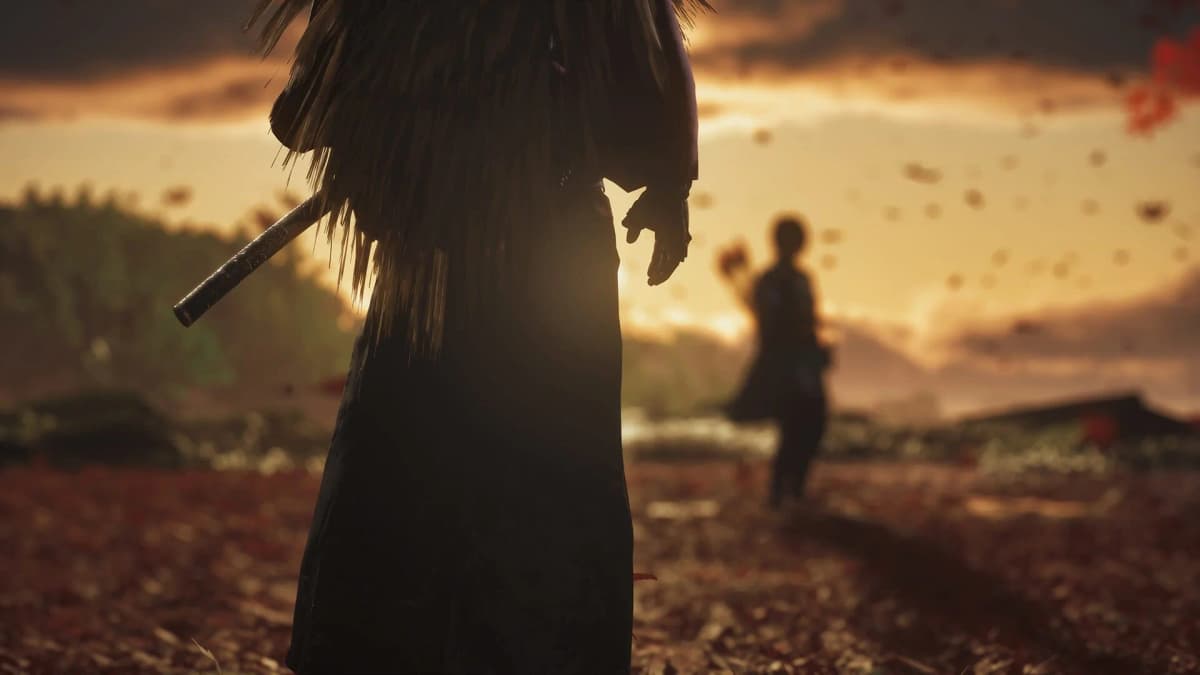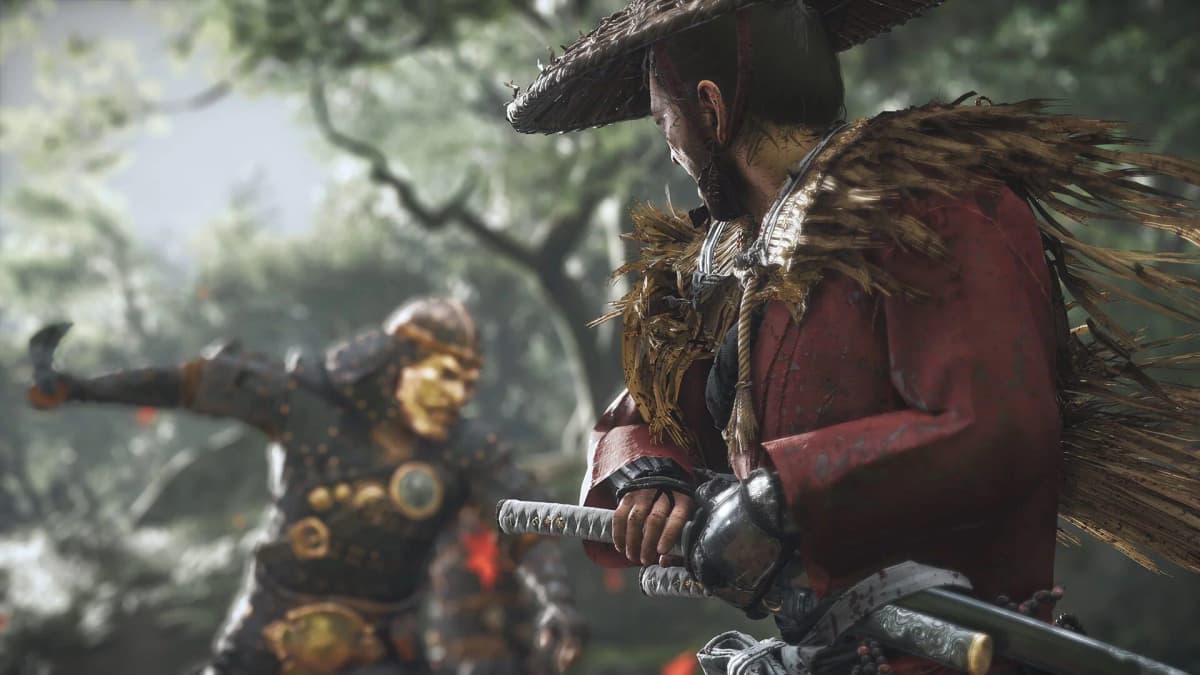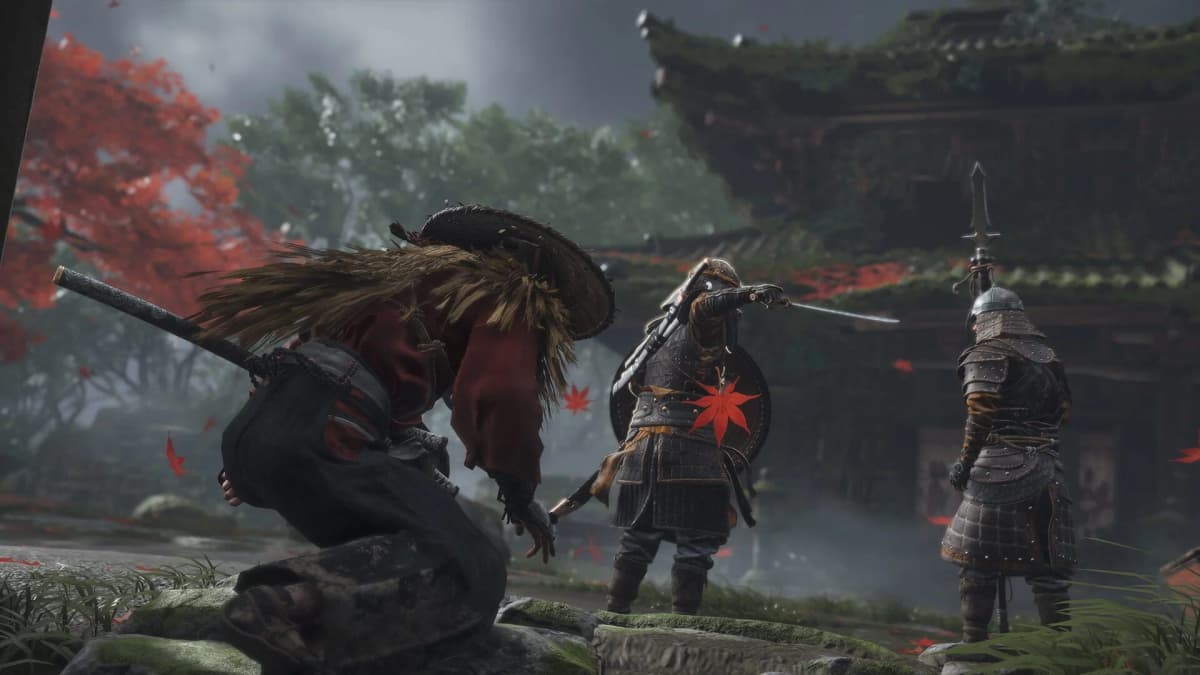
Game intel
Ghost of Tsushima
Uncover the hidden wonders of Tsushima in this open-world action adventure. Forge a new path and wage an unconventional war for the freedom of Tsushima. Challe…
I didn’t expect to rekindle my obsession with Jin Sakai, but here we are—one year after Ghost of Tsushima landed on PC, and I’m right back in that samurai groove. Armed with an RTX 3060, Ryzen 5, and a healthy dose of nostalgia, I dove in again to see if the PC port still cuts it. Long story short: it does.
Reloading Ghost of Tsushima on PC feels like putting on a perfectly broken-in gi. The standoff mechanics remain razor-sharp: parry timings, stance shifts, Ghost Stance executions—they still give me chills. The game rewards patience and reading enemy tells, not blind spamming. Re-entering Ghost Stance, that slow-mo blood dribble and camera snap, still feels like a personal highlight reel of perfect strikes.
My fighting-game instincts lit up again when I began punishing archers mid-nock or chaining kunai tosses into draw cuts. And even fox shrine chases, which some call filler, carry a meditative calm that’s oddly addictive—proof that Tsushima’s “collectibles” often double as mood-setters.
Forget aggressive waypoint arrows—Tsushima thrives on atmosphere. The wind system still directs you with Zen clarity, nudging you through golden pampas or waterlogged bamboo groves. I found myself abandoning fast travel just to soak in rain-drenched fields or autumn forests. Few open worlds pull off tonal shifts—from cherry blossom serenity to scorched battlefields—as organically.

On my second playthrough, Jin’s moral tightrope felt even more nuanced. When a stealth mission forced me to defy my uncle’s orders to save villagers, I really hesitated. Little narrative beats like that build real tension—no mass-scale morality wheel, just quiet, gut-punch moments. It’s a story built on compromise, not superheroics.
The PC release is more than just a resolution bump. I toggled settings from high to ultra for textures, shadows, and ambient occlusion to see how grass blades and distant ruins pop. Ray tracing on reflections adds realism in the wetter regions, but costs 10–15 fps if left at max. DLSS Quality mode and FSR Balanced both deliver 60 fps+ at 1440p, while a 4K playthrough on Ultra Shadow presets still hits 45–50 fps on my RTX 3060.

More settings to explore:
Load times on an NVMe SSD are nearly instantaneous—great for swift retries after messy duels. One hiccup I noticed: alt-tabbing can introduce stutter until a restart. If you’re a multitasker, be ready for a quick relaunch.
No masterpiece is without cracks. Some side missions—rescuing peasants, clearing camps—repeat a formula that feels routine after extended binge sessions. The upgrade and gear tree, while stylish, lack the depth of a full-blown RPG system; I stuck to a handful of setups and rarely revisited others. And though stealth works, it doesn’t evolve much past the midpoint.

Play if: You crave precise swordplay, atmospheric exploration, and a story with real stakes.
Skip if: You need endless min-max RPG builds, emergent sandbox chaos, or you won’t forgive a handful of repetitive fetch quests.
After a dozen more hours with Jin Sakai, PC remains the definitive way to experience this samurai epic. It’s haunted, handsome, and still emotionally resonant. With the current discount, it’s tough to find a better entry point into a world that feels alive at every blade’s edge.
Get access to exclusive strategies, hidden tips, and pro-level insights that we don't share publicly.
Ultimate Reviews Strategy Guide + Weekly Pro Tips